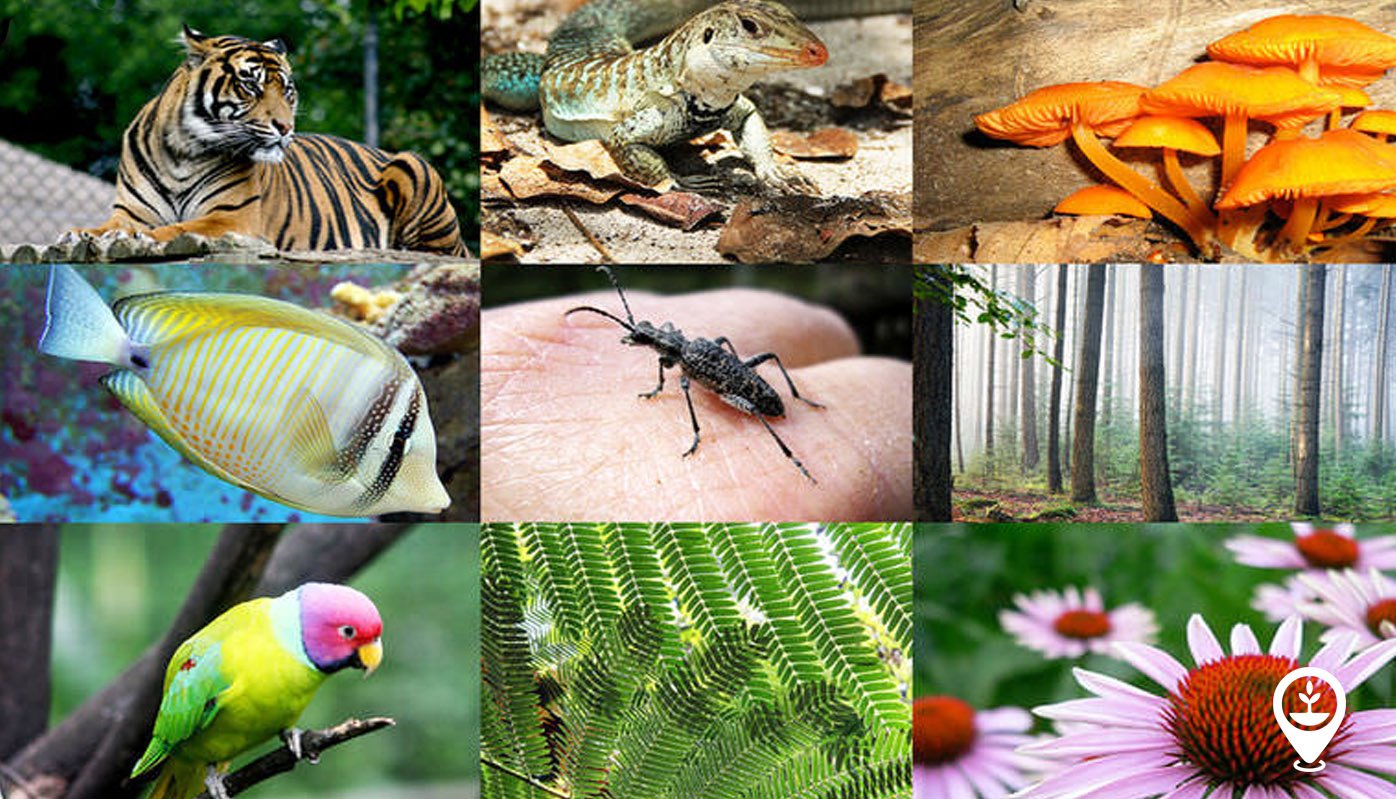What Is Biodiversity? A Complete Guide to Nature’s Richness
Biodiversity, short for biological diversity, refers to the variety of life on Earth. It includes all living organisms, from microscopic bacteria to towering trees, and their interactions within ecosystems. Biodiversity is crucial for the health of our planet, providing essential services such as clean air, water, and food.
Types of Biodiversity
Biodiversity is categorized into three main types:
- Genetic Diversity – The variation in genes within a species. For example, different breeds of dogs or various rice varieties.
- Species Diversity – The number of different species in an ecosystem, such as birds, insects, and plants in a rainforest.
- Ecosystem Diversity – The variety of ecosystems, including forests, oceans, deserts, and wetlands, each supporting unique life forms.
Why Is Biodiversity Important?
Biodiversity plays a fundamental role in maintaining ecological balance and human survival. Here’s why it matters:
- Ecosystem Stability – Diverse ecosystems recover faster from natural disasters and climate changes.
- Food and Medicine – Many medicines and crops originate from biodiversity-rich environments.
- Climate Regulation – Forests and oceans absorb carbon dioxide, helping combat climate change.
- Pollination and Agriculture – Insects like bees pollinate crops, ensuring food production.
Threats to Biodiversity

Unfortunately, biodiversity is under threat due to human activities, including:
- Deforestation – Cutting down forests for agriculture or urbanization.
- Pollution – Plastic waste, chemicals, and oil spills harm ecosystems.
- Climate Change – Rising temperatures and extreme weather disrupt habitats.
- Overexploitation – Overfishing, hunting, and illegal wildlife trade reduce species populations.
How Can We Protect Biodiversity?
To conserve biodiversity, we must take action at both individual and global levels:
- Protect Natural Habitats – Establish and support national parks and wildlife reserves.
- Reduce Pollution – Use eco-friendly products and reduce waste.
- Sustainable Living – Choose sustainable products, eat responsibly, and minimize carbon footprints.
- Support Conservation Efforts – Participate in reforestation projects and wildlife protection programs.
Conclusion
Biodiversity is essential for a thriving planet. Protecting it ensures the survival of countless species, including humans. By adopting sustainable practices and supporting conservation, we can help maintain the delicate balance of nature for future generations.














1 comment